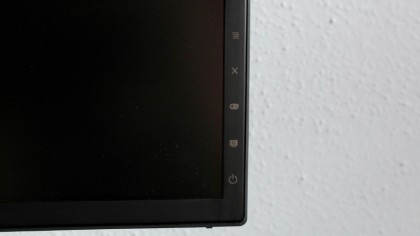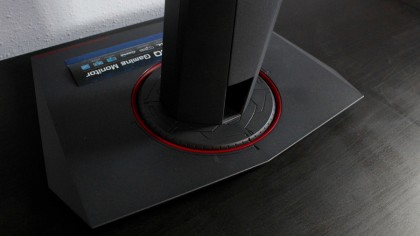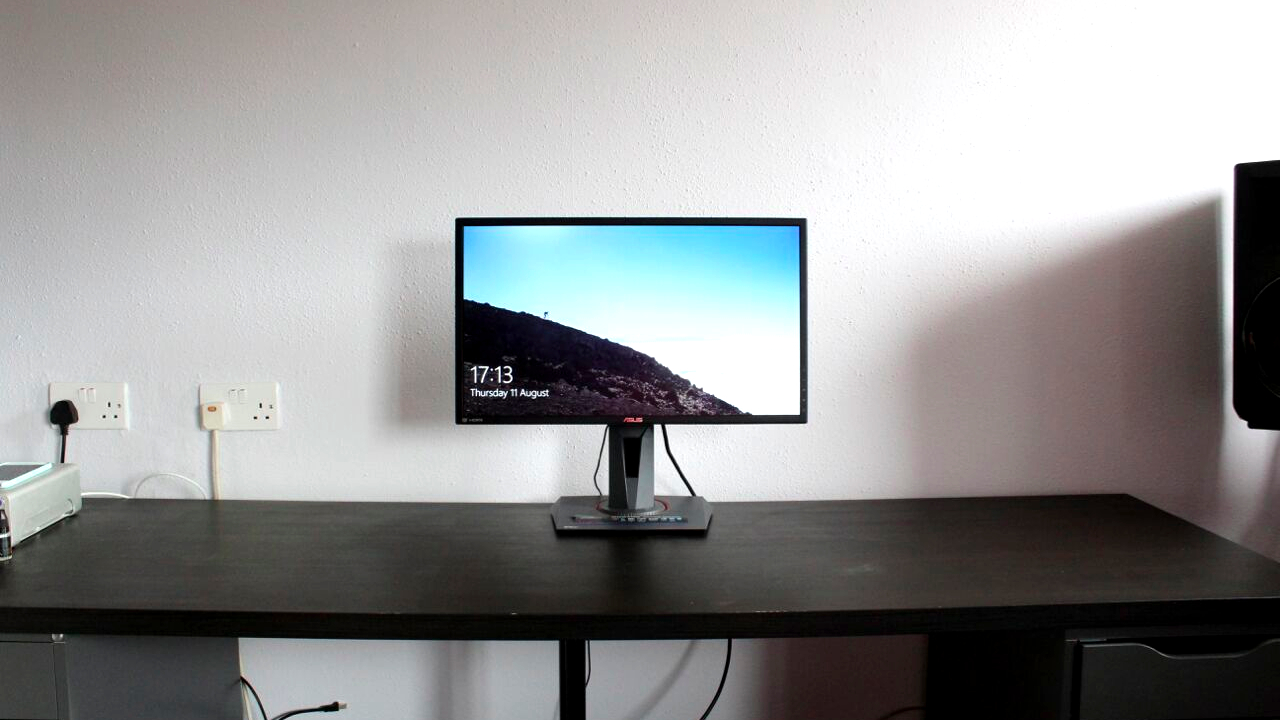Why you can trust TechRadar
In the menus, Adaptive Sync is an option that you'll need to enable manually before the effect takes hold in games, while 144Hz is an option that should always appear when choosing a resolution in whatever game you're playing. Adaptive Sync works at a far greater range of refresh rates than its FreeSync predecessor, from 40Hz to 144Hz in the case of the Asus MG248Q, which makes it a lot more useful. Although this means if your game is running below 40fps, the Adaptive Sync effect wont be noticeable.
Even without Adaptive Sync, gaming at 144Hz makes a big difference to how you play, as long as your graphics card is powerful enough to output a frame rate near that level. In some recent games, you can't expect 144fps with all the graphics settings at their maximum level, even at 1080p resolution.

There are other features in the menus too. There are four levels of blue light filtering, and you get a number of 'GameVisual' preset options. The GamePlus menu offers an on-screen crosshair, timer and an FPS counter. This provides an accurate on-screen frame rate as long as Adaptive Sync is working.
The MG248Q is also one of the first Asus displays to support the company's new Asus DisplayWidget desktop software. By utilising an under used feature of modern displays, the ability to transfer data over display cables, it's possible to control the monitor's settings from a desktop application. Asus has given this software some real polish, with a red styling that matches the display, and most of the same settings can be adjusted from the desktop that you find in the menus.
When using the Asus MG248Q, we were expecting noticeably worse picture quality than most IPS screens, but it seems TN panel technology has improved a huge amount since it was used in the earliest TFT displays - and the difference is more subtle. Subjectively, the panel looks as good as TN gets when viewed head on. It's bright and the colours look just fine, at least with the default 'Racing Mode' preset selected.

Viewing angles aren't the issue you might think them to be either. Again, some older TN screens are simply impossible to see unless viewed head-on but it's not really a dramatic issue here.
That said, the image test results, captured with a DataColor Spyder Elite 5 colorimeter, are notably just below those of most IPS screens. It managed a full 100 per cent sRGB coverage and 78 per cent Adobe RGB, when some screens can go above 80 per cent. But it's not a difference to worry about too much. Brightness levels of 380 candelas and a contrast ratio of 740:1 confirm our view that the screen looks bright, with good black levels. That said, it still lacks the crystal clear sharp detail you get from IPS. Non-gamers buying a screen on image quality alone might want to look elsewhere.
